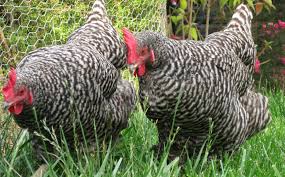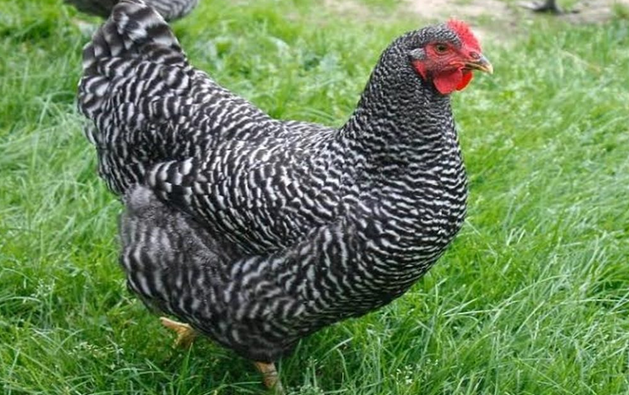Kuroiler chicken breeds have finally found their ground in Kenya. To understand this particular breed, they are bigger than the kienyeji chicken and are quite colorful. They were first introduced into the market by Kegg Farms in India close to twenty years or more ago. This is a cross breed between indigenous white leghorn males/broiler males and Rhode Island Red females. It took time and a lot of research to come up with this particular breed. They first found their roots in Uganda before crossing over to Kenya. The first chicks were hatched in Uganda sometime in or about 2010.
What is really special about the kuroiler chicken?
Most poultry farmers prefer keeping this particular kind of breed because they are easier to keep. Their survival rate is the same compared to the local or indigenous chicken. They grow faster and have a higher yield on both meat and eggs. Unlike the more exotic breeds they do not need special conditions to survive so you can rear them in the same conditions as our local kienyeji chicken.
Available research indicates that the kuroiler chicken has been found to have more meat and weigh twice the size of a local or indigenous chicken. Their maturity age is also lower and can they mature and be ready for the market in 3 to 5 months but do not mistake them for the broilers. They scavenge for their food and survive in hardship areas just like the local chicken or what is normally referred to as kienyeji. There is also the issue of affordability that farmers have noted when it comes to breeding this particular kind of chicken. It is very affordable to keep the Kuroiler chicken.
The kuroiler chickens need not necessarily be kept in enclosures; they grow freely and scavenge about like the local kienyeji chicken. For safety and security purposes, they will need a semi-permanent structure such as chicken runs which are fenced with chicken wire. Dangers lurking here include predators like cats, or dogs, or even thieves in the local neighborhood. Due to their good size and weight, they are likely to attract attention from your local chicken thief. This particular chicken is in so high demand amongst both locals and poultry farmers. Adequate security should be provided for them. Whatever the condition, care must be taken to ensure that the kuroiler breed is kept safe and well fed.

Some features of the Kuroiler Chicken:-
- The kuroiler meat is tastier than the ordinary or kienyeji chicken
- They grow faster
- Are cheaper to maintain
- Suffer less disease with low maintenance levels
- Lay a large number of eggs which are also noted to be bigger in size. They lay close to 150-200 eggs in a given year.
- Are large feeders – food supply must be maintained on a continuous basis to help them attain the required weight. Eat both plant and animal products or remains.
- Weigh more – their general weights range from 2 kilos to even a whooping 3.5 kilos.

Lastly, kuroiler chicken can be referred to in other simple terms as genetically enhanced chicken breed. They are a superior and a better breed and are easier to keep. Just like other chicken, they need a shade which should protect them from harsh weather conditions and predators. From time to time they will also need to be vaccinated though this is not as common as with the other breeds. They are scavengers and can survive if well taken care of. Extra portions of feeds should be provided once in a while to help substitute what they normally feed on for better results.